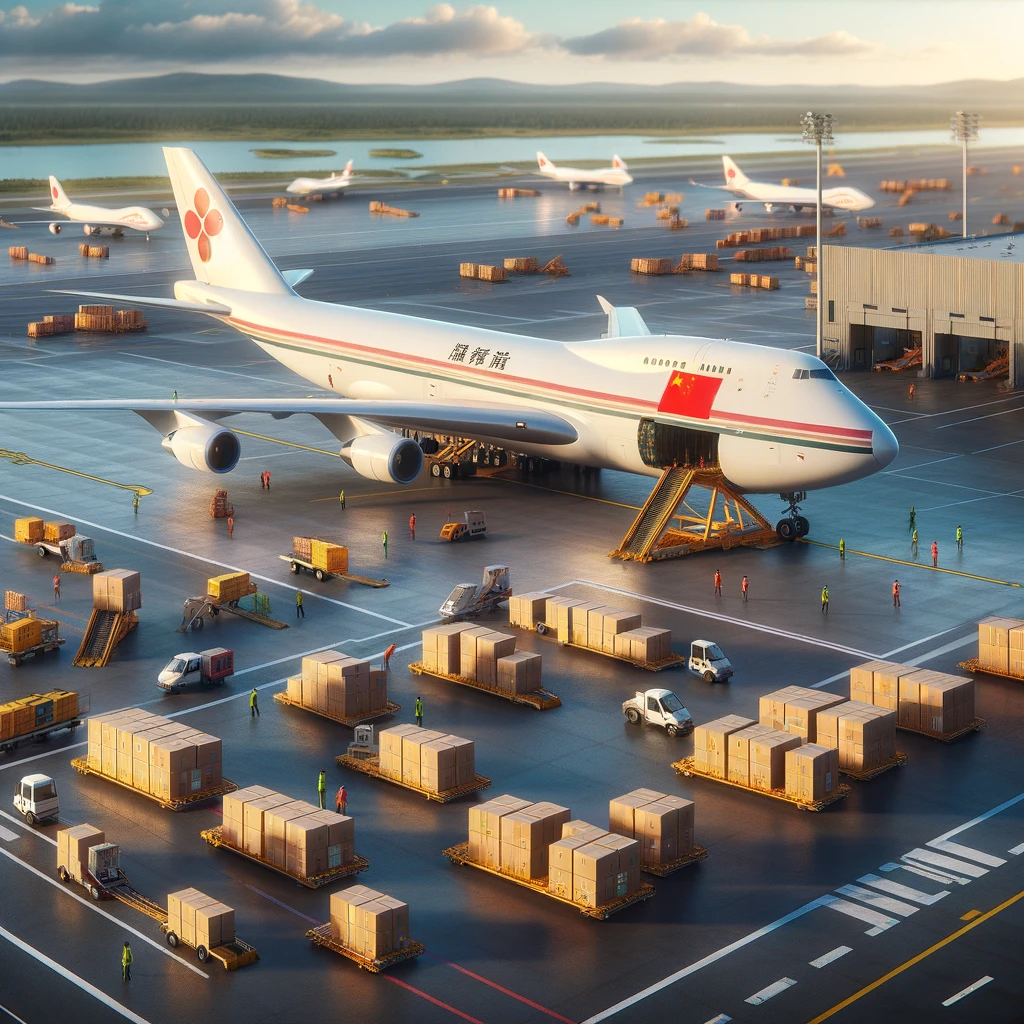As geopolitical risks and trade tensions rise, manufacturers are seeking alternatives to China for production. This movement, known as ‘The Great Reallocation’, is reshaping global manufacturing landscapes.
Rising Labor Costs and Tariffs Prompt Re-evaluation
For decades, China’s low-cost labor drew manufacturers from around the world. However, wages have surged significantly since the 1990s, and recent U.S. tariffs have made Chinese imports more expensive. The COVID-19 pandemic further exposed the risks of relying on a single source, leading to a notable increase in U.S. imports from Mexico—a trend that signals a broader shift in global manufacturing strategies.
Diversification Across Asia and Nearshoring to Mexico
Manufacturers are not just turning to the U.S. for alternatives; Southeast Asian countries and India are also benefiting from the diversification of sourcing. Mexico, with its history as a manufacturing hub for the U.S. automotive and electronics industries, is gaining attention for its nearshoring advantages. The proximity to the U.S. market and stable diplomatic relations make Mexico an appealing choice for companies looking to mitigate geopolitical risks.
Beyond Cost: Infrastructure and Geopolitical Stability
The decision to move manufacturing out of China is complex and extends beyond labor costs. Countries like Vietnam offer lower wages but require significant investments in infrastructure and training. Manufacturers are increasingly concerned about geopolitical instability and the unpredictability of government policies, which can disrupt production. Mexico’s established maquiladoras and experienced workforce present an opportunity to revitalize its role as a key manufacturing partner for the U.S.
Mexico’s Manufacturing Potential and U.S. Reshoring
Mexico’s manufacturing is primarily located in the north, with cities like Monterrey, Guadalajara, and Tijuana leading the way. While current transport infrastructure is sufficient, further development is necessary for Mexico to fully capitalize on its manufacturing capabilities. The U.S. also stands to gain from reshoring efforts, with domestic manufacturing still representing a significant portion of the economy.
A Gradual Transition with Continued Presence in China
Despite the reallocation, companies are not abandoning China entirely. Many are gradually shifting portions of their production to North America and other regions while maintaining a presence in China. This strategic rebalancing allows companies to navigate geopolitical uncertainties while capitalizing on emerging manufacturing opportunities.
Manufacturers are adapting to a new era of production, where diversification and strategic placement of manufacturing facilities are key to resilience. The ‘Great Reallocation’ is a testament to the evolving dynamics of global trade and the search for stability in an uncertain world.





